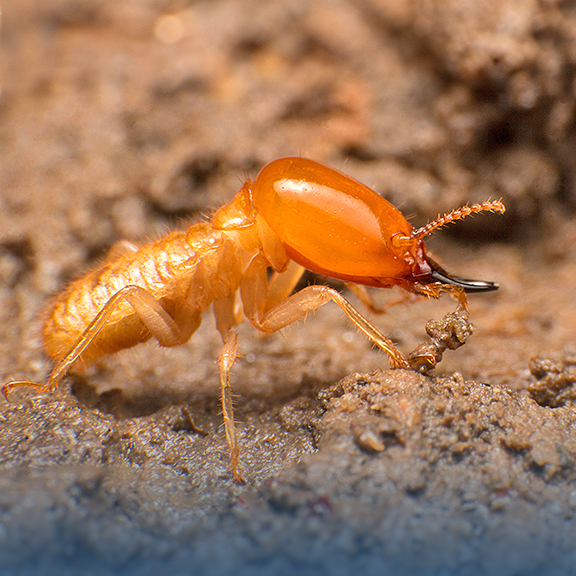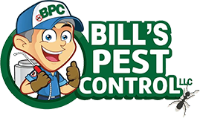Termites
Termites are wood-destroying insects that live in large colonies and feed on cellulose, which is a primary component of wood, paper, and plant material. Despite their small size (typically less than half an inch long), these pests can cause enormous damage when left undetected. Termites can be confused with ants, but they have straight antennae, a uniform waist, and equal-length wings, while ants have bent antennae, pinched waists, and mismatched wings. Termite colonies operate with a rigid caste system that includes a queen, king, soldiers, workers, and reproductive swarmers. Depending on the species, a mature colony may range from a few hundred individuals to well over a million.
Common types
In the United States, roughly 20 termite species are considered structural pests. Among the most destructive are subterranean termites, which build elaborate nests underground and attack homes from below. Within this group, Formosan termites stand out for their aggressive behavior and massive colony sizes, often responsible for significant property damage. Drywood termites, while less aggressive, infest wooden furniture, framing, and walls, and don't need contact with soil to survive.
Signs of Termite Infestation
One of the biggest challenges with termites is how silently they operate. They hollow out wood from the inside, often without any visible signs until the damage is extensive. Telltale clues may include soft or hollow-sounding wood, bubbling paint, discarded wings, or the presence of mud tubes running along walls or foundations. In extreme cases, termite activity can lead to sagging floors, sticking windows, or visibly compromised structural beams.
What Attracts Termites?
Termites thrive in warm, humid environments and are particularly attracted to moisture. Poor drainage, leaky pipes, clogged gutters, or even excessive mulch near a home's foundation can make conditions ideal for infestation. Drywood termites swarm in late summer or fall, while subterranean termites usually swarm in spring and summer. Spotting a swarm - or the remnants of one - is often the first and only sign homeowners get before serious damage sets in.
How to Prevent Termites
Preventing termite damage requires vigilance. Keep woodpiles and mulch away from your home's exterior, address moisture issues, and ensure water drains away from the foundation. Because termites are notoriously difficult to eliminate without professional help, early detection and expert treatment are often essential. If termites are suspected, having your property inspected and treated by a pest control professional can help protect your home from costly repairs.



